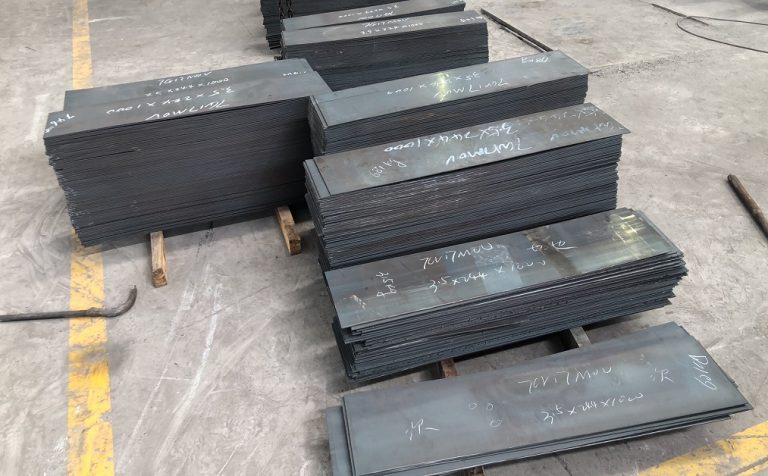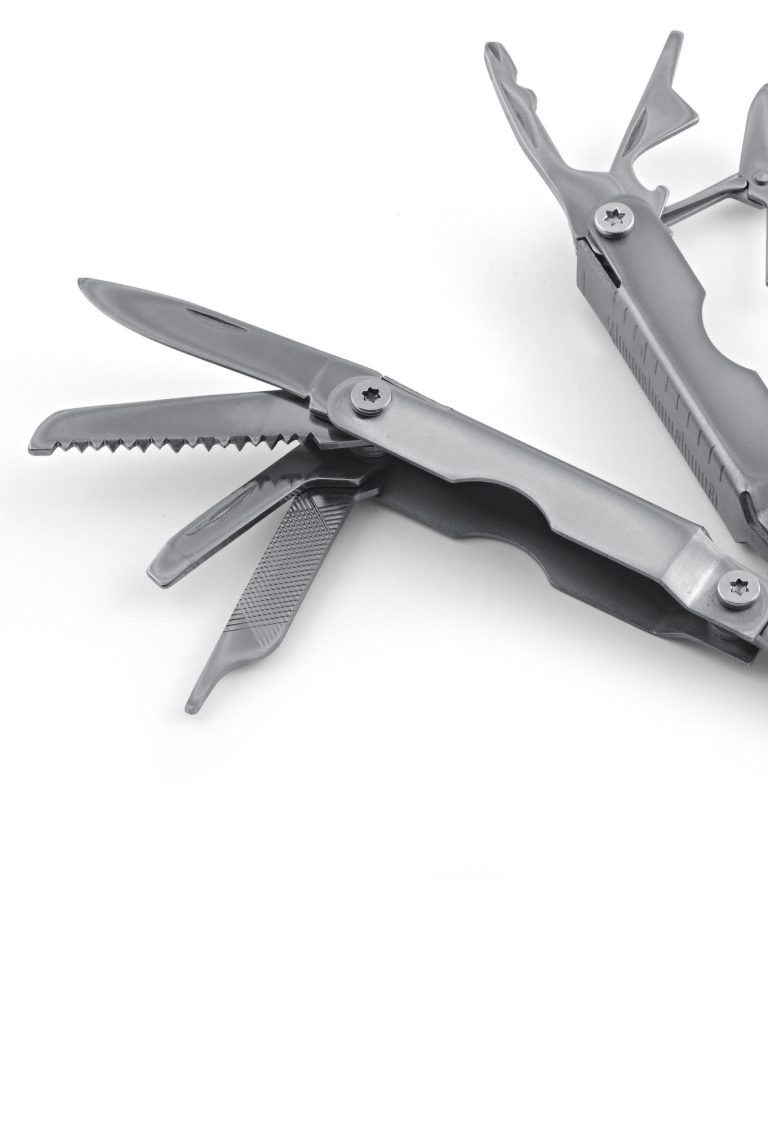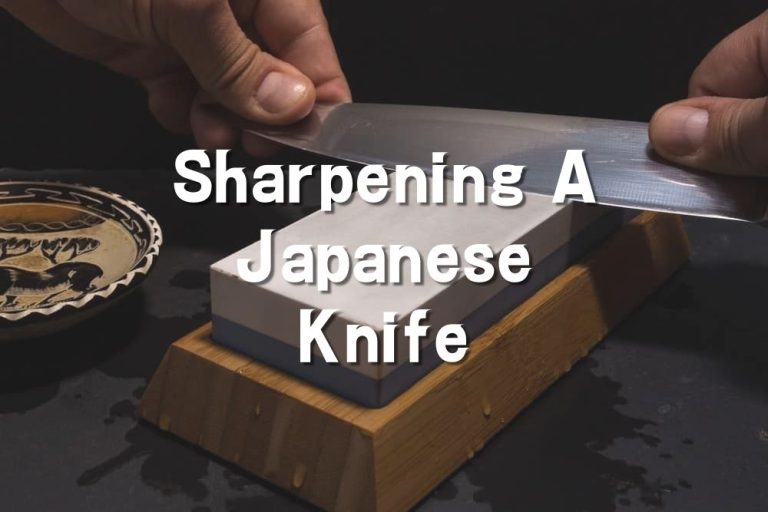Filleting Large Fish With Precision
To fillet large fish with precision, follow these steps. Ensure your knife is sharp, start by cutting behind the gills, and carefully remove the fillet by running the knife along the backbone.
The process requires concentration and a steady hand. We will provide a detailed guide on how to effectively fillet large fish, allowing you to enjoy a perfect fillet every time. Whether you are a professional chef or an avid fisherman, mastering this skill will enhance your culinary experience.
Get ready to impress your friends and family with your expert filleting techniques. Let’s dive in and learn how to fillet large fish with precision.

Credit: www.ebay.com
Expert Tips For Filleting Large Fish With Precision
Filleting large fish can be a challenging task, but with the right techniques, you can achieve perfectly filleted fish every time. Here are some expert tips to help you master the art of filleting:
- Start with quality tools: Using sharp knives and the right equipment is essential for precise filleting. Ensure your knives are sharp and suitable for filleting large fish.
- Find the right cutting angle: Position the fish according to its shape and locate the natural lines. Follow these lines as a guide to cut through the fish with ease.
- Remove the skin: To fillet large fish accurately, it’s often best to remove the skin. Keep the blade close to the skin and gently slide it along, separating the flesh from the skin.
- Remove the bones: After filleting, carefully remove any remaining bones from the fillets. Use tweezers or a fish bone remover tool to ensure a bone-free fillet.
- Practice portioning: Depending on your cooking needs, you may want to portion the fillets. Use a ruler or a portioning guide to ensure equal-sized pieces.
- Practice makes perfect: Filleting large fish with precision requires practice. The more you fillet, the more proficient you’ll become in handling and filleting large fish.
By following these expert tips, you’ll be able to fillet large fish with precision, enhancing your culinary skills and creating delicious seafood dishes.
Equipment For Filleting Large Fish
To achieve precise filleting, it’s essential to gather the necessary tools and equipment. The right knife is the key element when it comes to filleting large fish. Choose a sharp and sturdy knife with a long, flexible blade that allows for effortless slicing.
Additional equipment can also enhance your filleting experience. Consider investing in a high-quality cutting board that provides stability and a comfortable working surface. A pair of reliable fish tweezers will come in handy for removing any small bones from the fillets.
A fillet glove can provide an extra layer of protection, preventing accidental cuts while working with slippery fish. Furthermore, having a filleting apron and a set of heavy-duty gloves can ensure cleanliness and safety during the filleting process.
| Essential Equipment | Additional Equipment |
|---|---|
| Sharp and sturdy fillet knife with a long, flexible blade | High-quality cutting board |
| Reliable fish tweezers | |
| Fillet glove | |
| Filleting apron and heavy-duty gloves |
By ensuring you have the appropriate equipment for filleting large fish, you’ll be able to achieve precise and clean fillets with ease.
Preparing The Fish For Filleting
Filleting large fish with precision requires proper preparation to ensure the best results. The first step is to make sure the fish is fresh and properly stored. Freshness is crucial as it affects the taste and quality of the fillets. To begin the process, the fish needs to be gutted and cleaned. This involves removing the internal organs and rinsing the fish thoroughly to eliminate any impurities. Once the fish is ready, it’s time to scale it effectively. Scaling can be done using various techniques such as using a scaling tool or a knife to scrape off the scales. Ensure that the scales are completely removed to achieve smooth fillets.
Filleting Techniques For Large Fish
Filleting Large Fish With Precision
Understanding the anatomy of large fish
Filleting large fish requires a good understanding of their anatomy. Familiarize yourself with the different parts of the fish, such as the head, gills, backbone, and ventral fins. Knowing these structures will help you navigate through the filleting process more effectively.
Step-by-step guide to filleting large fish
1. Start by placing the fish on a clean cutting board and securing it with a non-slip mat or towel. This will provide stability while filleting.
2. Make a clean cut just behind the gills and slide the knife along the backbone, towards the tail, while applying gentle pressure to separate the fillet from the fish.
3. Flip the fish over and repeat on the other side to remove the second fillet.
4. Carefully trim away any excess skin and bones from the fillets using a sharp knife.
5. Rinse the fillets under cold water to remove any loose scales or residue.
6. Pat the fillets dry with a paper towel and they are ready to be cooked!
Tips for removing bones and achieving smooth fillets
1. Use needle-nose pliers or fish tweezers to remove any remaining pin bones from the fillets. Gently pull the bones out in the direction they are pointing.
2. To achieve smooth fillets, make sure your knife is sharp. Dull knives can tear the flesh and result in uneven cuts.
3. Maintain a steady hand and apply even pressure when filleting to ensure clean cuts and prevent unnecessary damage to the fillets.
4. Practice makes perfect! Filleting large fish can be challenging, so don’t get discouraged if you don’t get it right the first time. Keep practicing and you’ll improve your filleting skills over time.
Common Mistakes To Avoid
When filleting large fish, it is important to avoid common mistakes that can ruin your filleting results. One common mistake is accidentally wasting or damaging the fish during the process. To prevent this, make sure you have the right tools, such as a sharp fillet knife and a sturdy cutting board. Additionally, always handle the fish with care to avoid any unnecessary damage.
Another common issue when filleting large fish is encountering troubleshooting problems. For example, some fish may have tough skin or difficult-to-remove scales, making the process more challenging. In such cases, it’s important to know the right techniques and tricks to overcome these obstacles.
In conclusion, filleting large fish requires precision and attention to detail. By avoiding common mistakes and being prepared for troubleshooting, you can achieve excellent filleting results.
Storing And Preserving Filleted Fish
Properly storing filleted fish is essential to maintain its freshness and quality. After filleting large fish with precision, it’s important to follow specific techniques for packaging and freezing the fillets. One effective method is to use airtight freezer bags or containers to prevent freezer burn and maintain optimal taste and texture. It is recommended to remove as much air as possible from the packaging before sealing it.
When freezing fish, it’s crucial to label each package with the date to ensure proper rotation and avoid the risk of consuming expired fish. Additionally, freezing fish at the right temperature (-18°C or 0°F) is important to preserve its flavor and prevent the growth of harmful bacteria.
Maximizing the shelf life of filleted fish also involves thawing it properly. The best way is to defrost the fish in the refrigerator overnight, avoiding any temperature fluctuations that can impact its taste and texture. By following these storage and preservation techniques, you can enjoy the freshness of your filleted fish for a longer period.
Recipes And Cooking Tips For Filleted Fish
Recipes and Cooking Tips for Filleted Fish
Delicious recipes for your filleted fish:
- Pan-Seared Lemon Herb Fillets
- Crispy Baked Parmesan Fish
- Grilled Cajun Spiced Fish Tacos
Cooking methods that complement filleted fish:
- Grilling: Gives a smoky flavor and crispy texture
- Baking: Creates a tender and juicy fish
- Pan-searing: Provides a golden crust and locks in moisture
Tips for enhancing the flavor of your filleted fish dishes:
- Marinating with citrus juices or herbs and spices
- Using high-quality ingredients, including fresh herbs and seasonings
- Adding a squeeze of lemon or drizzle of olive oil before serving
Safety Precautions For Filleting Large Fish
When filleting large fish, it is crucial to prioritize safety to avoid accidents or injuries. Here are some important safety measures to keep in mind:
Protective Gear and Equipment to Use
- Wear cut-resistant gloves to safeguard your hands from potential cuts.
- Use a sharp fillet knife to ensure precise cuts and minimize the risk of slips.
- Protect your eyes by wearing safety goggles or glasses.
- Consider using a non-slip cutting board to stabilize the fish during filleting.
Handling and Disposing of Fish Waste Safely
- Dispose of fish waste properly to prevent odors and avoid attracting pests.
- Utilize designated fish waste bins, if available, to maintain cleanliness and hygiene.
- When handling fish waste, be cautious of sharp bones or spines that may cause injury.
- Thoroughly clean and sanitize your filleting area after each use to prevent cross-contamination.
By adhering to these safety precautions, you can fillet large fish with precision while minimizing potential risks. Remember, safety should always be your top priority!
Conclusion
Mastering the art of filleting large fish with precision is not only a valuable skill for fishermen and chefs alike, but it also ensures the best possible taste and presentation of the fish. By following the steps outlined in this blog post, such as using a sharp, flexible knife and taking the time to properly remove the skin and bones, you can achieve clean, smooth fillets that are ready to be cooked or served.
Additionally, practicing proper sanitation and storage techniques will ensure the freshness and safety of the fish. Remember to always handle large fish with care and respect, and to make use of any additional tools and resources available to you. With dedication and practice, you can become an expert in filleting large fish, impressing your friends, family, and customers with your precision and skill.
Happy filleting!






